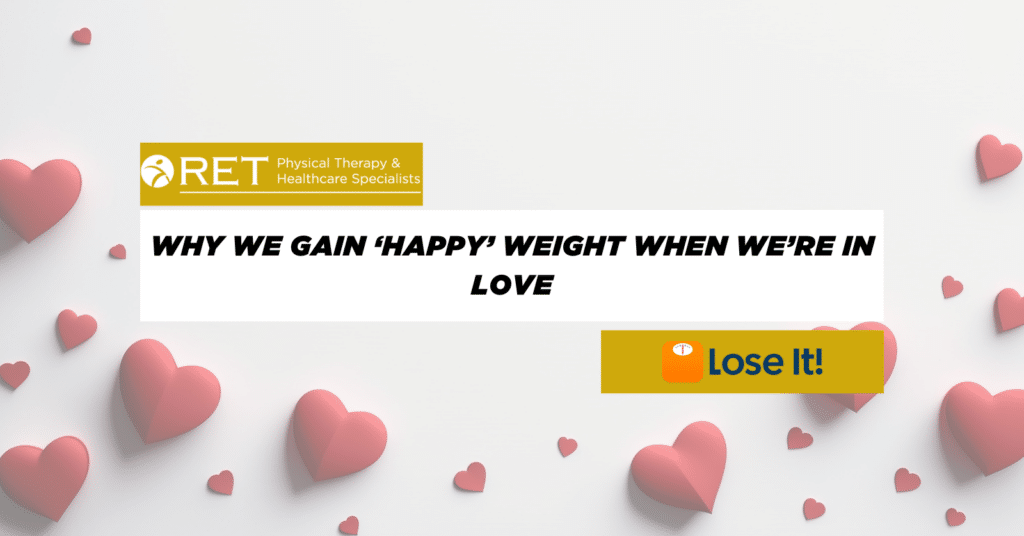The hot topic regarding youth sports today is the controversy between the multiple sports athlete versus the one specific sport athlete. Which is best? Coaches, parents and youth sports leagues fear that if kids don’t choose one sport, the other kids that do will become superior athletes. Physicians and physical therapists will tell you the exact opposite from a health standpoint.
Unfortunately, for our youth athletes, this trend has been increasing over the past 20 years with no end in sight despite the accumulating injury research against it. When young athletes choose one sport, they tend to become more vulnerable for overuse syndromes than the athletes that continue to play multiple sports. This trend is more prevalent in young females, but the research is there for the male athletes also.
The reason that cross training is so important is that the body has a chance to benefit from different training patterns, in turn, making the body stronger overall, and more injury resistant. There are many different risk patterns involved with comparing the two different types of athletes. Risk increases with how many times they practice and how many months they devote to the one specific sport.
A child that has chosen to specialize can still do things to help decrease their chances of overuse injuries. Swimming and yoga are two types of activities that can help reduce the risk of overuse and help with initiating different training patterns at the same time.
Whether you choose one sport or five, we can help you with all the different types of sports injuries. One of the most common athletic injuries we see is a sprained ankle. We see these mostly in athletes that participate in sports such as basketball, volleyball, soccer, tennis, and football. These sports require the athlete to change directions and jump frequently.
An ankle sprain is an injury to one or more of the ligaments in your ankle. Ligaments are present to help stabilize the joints but still allow some flexibility so you can move and change directions quickly. When a sudden twist or blow to the ligament happens, it can tear. Ankle sprains can vary in severity; they’re classified as grade I, grade II and grade III sprains. In grade I sprain the ligament is usually slightly stretched, grade II the ligament can be partially torn, and in grade III the ligament is fully torn.
If you happen to sprain your ankle in any of the sports, you are passionate about, or even in a non-athletic way, physical therapy should be on the top of your list for help with healing. Applying ice, compression and elevating as soon as possible can help reduce the longevity of the sprain. We may use ice, therapeutic modalities, massage, manual therapy techniques, strengthening/stability exercises to help and may instruct you in some home self-help techniques. We will also teach you about proper footwear to help with your recovery.




